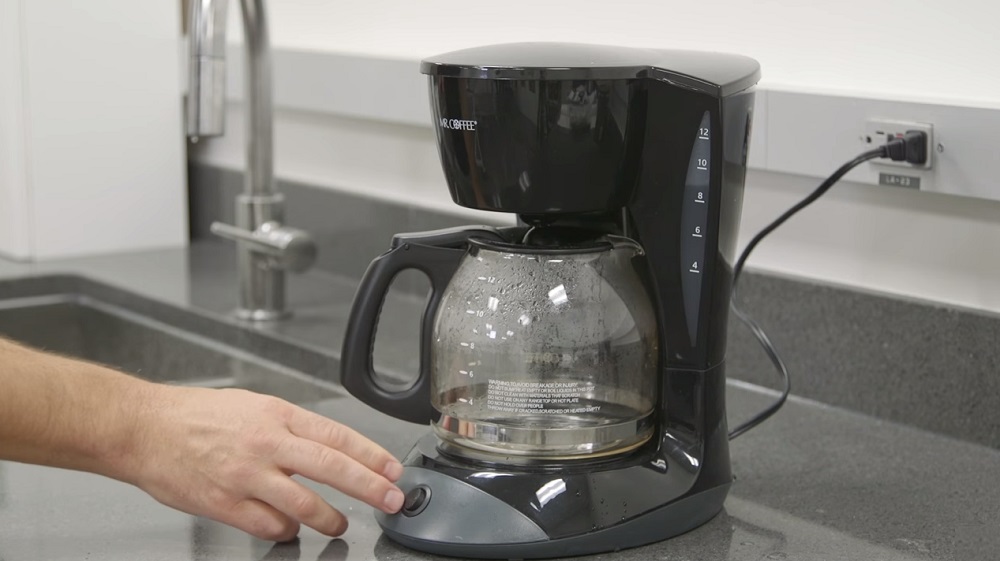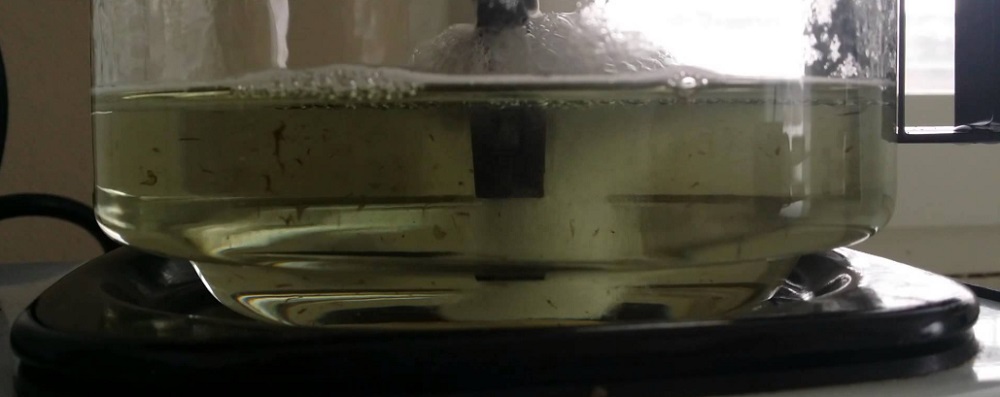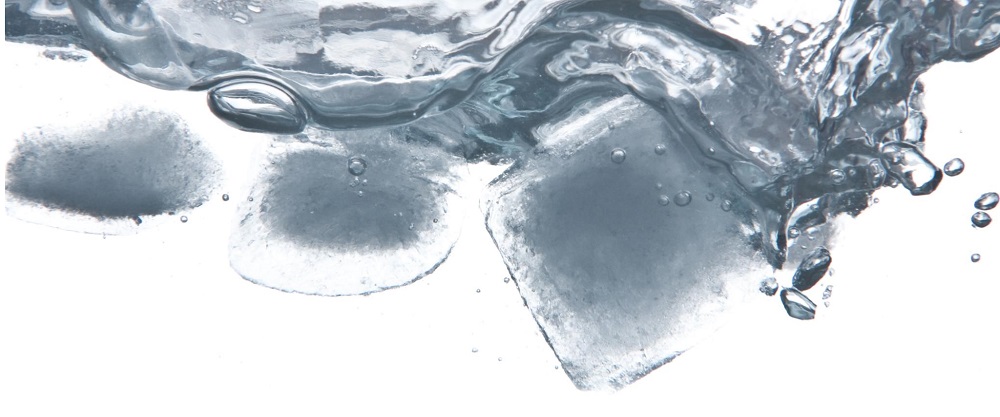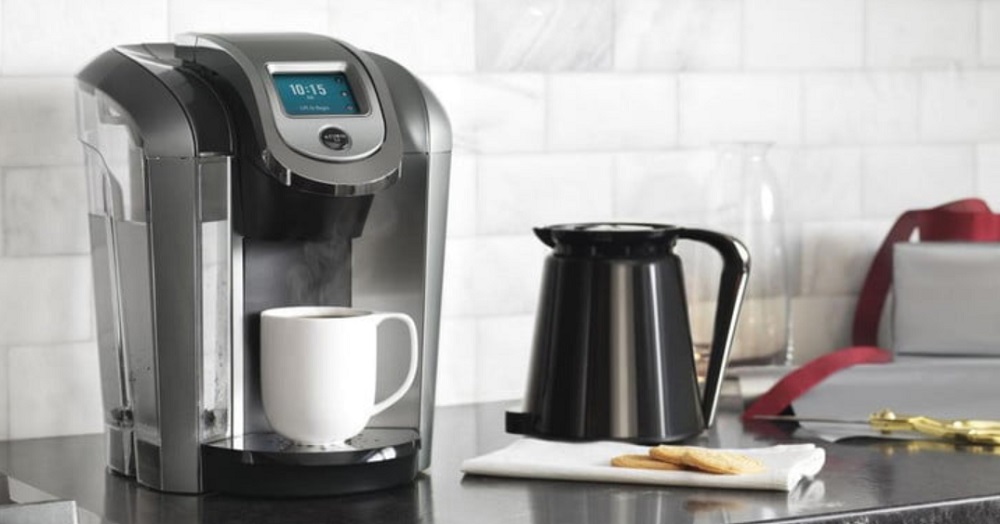One of the most important steps you can take to get a better cup of coffee is to clean your coffee maker every 60 to 80 brews regularly. A buildup of lime and mineral deposits from your water can impact your coffee maker’s performance and coffee taste, so your coffee maker must be cleaned on a regular schedule to keep it operating at maximum efficiency.

Vinegar is known as the universal natural cleaner, and it is an effective choice for cleaning a coffee maker, but what happens when vinegar is not available? Also, some people do not like to use vinegar because of its overpowering smell. Here are some alternative ways to clean a coffee maker without vinegar; all of these methods provide promising results.
How to Clean a Coffee Maker Without Vinegar
Lemon Juice
Just like vinegar, lemon has some natural properties that make it an effective household cleaner. The high level of acid it contains allows it to provide antibacterial and antiseptic chemicals. Here are the steps that you should follow when cleaning a coffee maker with lemon juice.

– Run a pot of clean water through the machine to remove any residues that may remain from your last brew.
– Take out the water from the pot and fill it with half part of concentrated lemon juice and half part water.
water from the pot and fill it with half part of concentrated lemon juice and half part water.
– Allow the solution to sit in the coffee maker for at least 15 minutes.
– Turn on the coffee maker and put a filter in the basket.
– Discard the solution from the cup and fill it with clean water.
– Run through a brew cycle once more.
– Finish by rinsing the coffee pot until the lemon odor is gone.
Baking Soda
A box of baking soda is a common item in many households because of its many uses. Here are the simple steps that need to be followed when using it to clean your coffee maker.

– Fill the pot with clean water.
– Add ¼ cup of baking soda and stir so that it can be dissolved completely.
– Run the machine through a regular brew cycle.
– Discard the solution of the baking soda and water. Replace with just clean water.
– Run through the brew cycle again; you can do this twice.
– The machine is completely clean now.
CLR (Calcium, Lime, Rust)
Using a product that is labeled as “harmful if swallowed” to clean your coffee maker may seem like a bad idea, but if it is properly diluted and rinsed off your machine, you should be in good shape. Here is how to go about it:

– Run a pot of clean water through your machine to remove whatever remnants that might be lingering from your last brew.
– Mix 1 part CLR with eight parts water.
– Pour this solution into the coffee maker’s reservoir.
– Run through a brew cycle
– Pour out this solution and fill in with clean water. Do this for about 4 to 5 times until the smell is completely gone.
Note: CLR is a very toxic chemical and should be used only as a last resort.
Ice and Salt
Many people might find this combination unusual, but it is another effective way to clean a coffee maker without vinegar. The ice and salt solution will help to get rid of mineral deposits and stains in the pot. Below are the simple steps that you should follow:

– Fill the coffee pot with four tablespoons of iodized salt, 1 cup of water, and 1 cup of crushed ice.
– Cover the pot and swirl the water inside
– Take off the cover and rinse the pot with plain water only.
– Alternatively, you can add lemon juice to the solution to improve the effectiveness of the cleaning.
Mild Dishwashing Liquid
When using a dishwashing liquid to clean your coffee maker, make sure it is mild and not too strong. A strong dishwashing liquid will linger on the surface, and this can negatively affect the flavor and aroma of your coffee.

– Detach the different parts of the machine and run them through clean water.
– Wash them with soap and use a sponge to make sure that the tiny corners are reached.
– Make sure the part that contains the motor is not submerged in water.
– The dishwasher can be used provided it has been specified by the manufacturer as dishwater safe.
– Rinse properly and make sure it is completely dry before using.
Maintaining a regular schedule of cleaning your coffee maker will help to keep your machine ready to brew that next pot of delicious hot coffee.